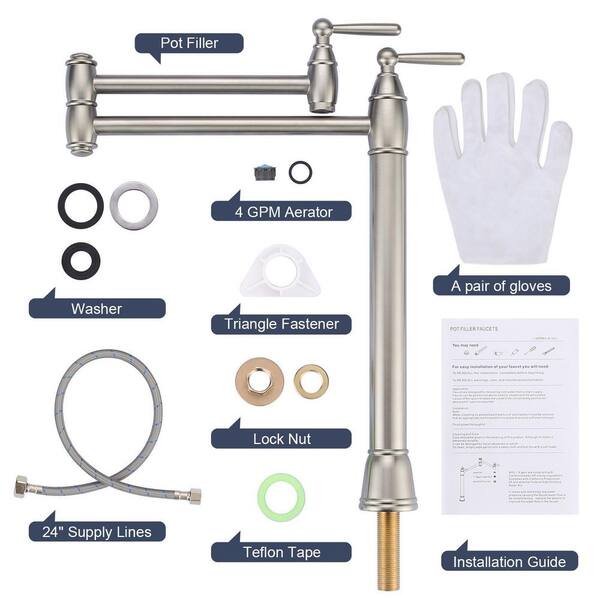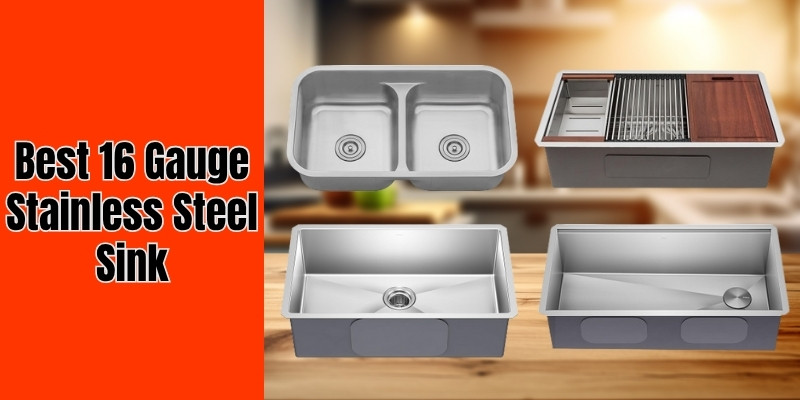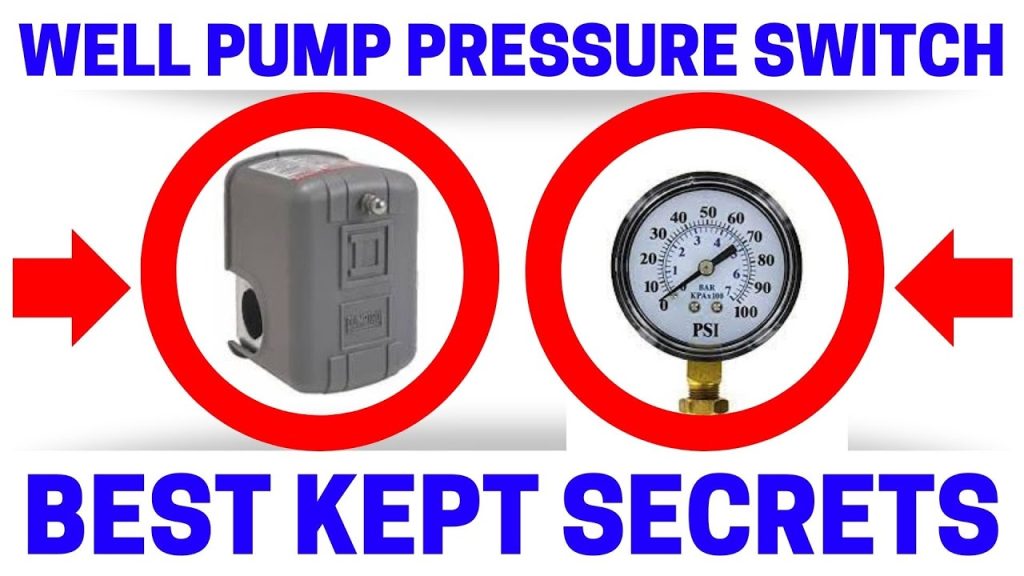Disclosure: This post contains affiliate links and I will be compensated if you make a purchase after clicking through my links. Learn More
Are you thinking about upgrading your kitchen with a pot filler? This handy fixture can save you time and reduce the strain on your back by allowing you to fill pots directly on the stove.
But before you jump into the installation process, there are a few important considerations to keep in mind. Making informed decisions now can save you from headaches later. You’ll discover essential tips and insights that will ensure your pot filler installation is a smooth and successful endeavor.
Keep reading to learn how you can transform your cooking space into a more efficient and enjoyable environment.

Credit: www.homedepot.com
Choosing The Right Pot Filler
Choosing the right pot filler can transform your cooking experience. This fixture, usually mounted on a backsplash above the stove, offers both convenience and style. But how do you choose the perfect one for your kitchen? You need to consider several factors, including materials, design, and style. Let’s dive into the details.
Material Selection
The material of your pot filler is crucial for durability and ease of maintenance. Stainless steel is popular due to its resistance to rust and easy cleaning. It’s also versatile, complementing modern and traditional kitchens alike.
Brass offers a warm, luxurious look and is known for its longevity. But remember, it requires regular polishing to maintain its shine. If you’re looking for something unique, consider copper. It’s eye-catching and adds a rustic charm but can be prone to tarnishing.
Which material aligns with your lifestyle? If you cook often, ease of cleaning might be a priority. Think about your kitchen’s theme too. Your choice should enhance the overall aesthetic.
Design And Style Options
Design is where you can express your personality. Pot fillers come in various styles, from sleek and minimalist to ornate and traditional. A modern kitchen might benefit from a streamlined design with clean lines.
If your kitchen has vintage vibes, a pot filler with intricate details might be more suitable. Some pot fillers offer multiple joint arms, providing flexibility in filling pots of different sizes. This can be a game-changer for those who love hosting large family dinners.
Consider the finish. Matte black, chrome, and brushed nickel are popular choices. Each finish brings a different mood to your space. What style resonates with you? Imagine how a particular design would look above your stove. Does it make your heart skip a beat?
Ultimately, your pot filler should not only serve a functional purpose but also reflect your taste. It’s a small detail with a big impact. What does your dream kitchen look like? The right pot filler might be the missing piece.

Credit: bo-ha.com
Ideal Placement
Placing a pot filler near the stove offers convenience for filling pots quickly. Ensure it’s at a comfortable height for easy access. Proper installation minimizes water splashes and enhances kitchen functionality.
When you’re planning a kitchen upgrade, a pot filler can be a game-changer for convenience. However, the key to its usefulness lies in its placement. An incorrectly placed pot filler might result in more frustration than ease. So, where should you position it for optimal use? Let’s dive into the ideal placement considerations.
Height Recommendations
The height of your pot filler is crucial. It should be high enough to accommodate your tallest pot yet low enough to prevent awkward splashes. Typically, a pot filler is installed 12 to 24 inches above the cooking surface. This range allows for easy access and minimizes the risk of burns from steam.
Imagine having to juggle a pot around a poorly placed filler—frustrating, right? Consider the height of the primary cook in your household. If you’re a tall family, you might prefer placing it slightly higher.
Distance From Stove
The pot filler should be close enough to your stove to prevent spillage but not so close that it becomes a safety hazard. Ideally, place it 1 to 2 inches from the back burner. This ensures you’re not reaching over a hot surface to access it. Ever found yourself stretching awkwardly across a stove to reach a faucet? It’s not just inconvenient—it’s dangerous. Think about how you cook daily.
Are you left-handed or right-handed? Positioning the pot filler on your dominant side can make a big difference. Reflect on your kitchen’s layout, too. Does the filler’s location allow for easy pot maneuvering? This might seem minor, but it can impact your cooking flow significantly. Considering these factors will ensure your pot filler not only looks great but functions efficiently. So, where will you place yours?
Plumbing Requirements
Installing a pot filler requires careful planning for water supply and height above the stove. Ensure pipes are correctly aligned with existing plumbing. Choose materials that resist heat and corrosion for long-lasting use.
Installing a pot filler in your kitchen is a great way to add both convenience and style. However, it’s essential to understand the plumbing requirements before diving into the project. Ensuring that your water line, valves, and fittings are in place is crucial for a successful installation.
Water Line Installation
The first thing to consider is the water line installation. You’ll need a dedicated water line running to the location of your pot filler. This involves connecting a pipe from your main water supply to the wall behind your stove or cooktop.
Think about the distance and path the line needs to take. Will it run through cabinets or behind walls? Make sure the path is clear and accessible. This might require some minor renovations, so plan accordingly.
Valve And Fittings
Next, focus on the valve and fittings. The valve is critical as it controls the water flow to your pot filler. Opt for a high-quality valve to ensure longevity and reliability. Choose fittings that are compatible with your water line. Brass fittings are often recommended for their durability. Pay attention to the thread size to avoid leaks and ensure a snug fit.
Consider hiring a professional plumber if you’re unsure about the installation process. It might save you time and prevent costly mistakes. Have you thought about the potential water pressure issues? Ensuring the pressure is optimal will enhance your pot filler’s performance.
By taking these plumbing requirements into account, you’re setting the stage for a smooth and efficient pot filler installation. Your kitchen will not only look fabulous but also function seamlessly.
Wall Structure Considerations
Installing a pot filler can transform your kitchen’s functionality. Before you start, consider the wall structure where you’ll install it. This ensures stability and ease of access. The wall must support the pot filler’s weight and provide plumbing access. Let’s explore these considerations.
Supporting Weight
The pot filler must attach to a sturdy wall. A wall with studs is ideal. It provides the necessary support. The fixture needs to handle frequent use. Check the wall’s integrity first. Avoid hollow walls that can’t support added weight. Reinforce weak areas before installation. This prevents future issues.
Access To Plumbing
Ensure the wall allows plumbing access. Pot fillers connect to the water supply. The plumbing should be easily reachable. Verify the water lines are close. This simplifies the installation process. Avoid long, complicated pipe runs. They increase costs and potential for leaks.
Safety And Maintenance
Installing a pot filler in your kitchen can be a great addition for convenience and functionality. However, it’s crucial to consider safety and maintenance aspects to ensure your pot filler remains a valuable asset. By focusing on leak prevention and regular cleaning, you can prolong the lifespan of your pot filler and keep your kitchen safe.
Leak Prevention
A common concern with pot fillers is the potential for leaks, which can lead to water damage. To prevent this, ensure the installation process is handled by a professional. They know how to properly secure fittings and seal connections. You might think you can handle it yourself, but a small mistake could result in costly repairs.
It’s also wise to check for leaks periodically. Make it a habit to examine the joints and connections for any signs of moisture. If you notice any dampness or water spots, address them immediately. Quick action can prevent a small leak from becoming a major problem.
Regular Cleaning
Keeping your pot filler clean is essential for maintaining its functionality and appearance. Mineral deposits can build up over time, especially if your water is hard. A simple cleaning routine can prevent these deposits from affecting water flow.
Consider using a mixture of vinegar and water to clean the spout and handle. This solution is effective in removing mineral buildup without damaging the finish. Don’t forget to clean around the joints as well, where grime can accumulate unnoticed.
Have you ever wondered if your pot filler could impact your health? A dirty spout could harbor bacteria, affecting the quality of water used for cooking. Regular cleaning helps ensure that you are cooking with safe water, maintaining your family’s health.
These safety and maintenance tips can keep your pot filler working efficiently for years. Are you ready to take on the responsibility of keeping your pot filler in top shape? With a little effort, you can enjoy the convenience without the stress of unexpected mishaps.
Cost Factors
Installing a pot filler can add convenience to your kitchen. Understanding the costs involved is essential. This section explores the financial aspects of pot filler installation.
Installation Costs
Installing a pot filler requires professional plumbing services. The complexity of the task affects the cost. Factors like wall structure and pipe location play a role.
Additional expenses may arise. These include materials, labor, and permits. Ensure to budget for unexpected costs.
Long-term Savings
A pot filler can save money over time. It reduces the need to carry heavy pots, minimizing strain and potential injuries. This can cut medical expenses.
Efficient water use is another benefit. Filling pots at the stove saves time and water. This can lower water bills. Consider these savings when assessing installation costs.
Hiring A Professional
Hiring a professional for your pot filler installation can save you time, stress, and potential mishaps. While DIY projects have their charm, certain installations like pot fillers demand expertise to ensure functionality and prevent leaks.
Imagine the peace of mind knowing your pot filler is securely mounted and operational, enhancing your kitchen’s efficiency. It’s worth considering the benefits and understanding what professionals bring to the table.
Benefits Of Expert Installation
When you hire a professional, you tap into their wealth of experience and specialized tools. They know the best practices for installation, ensuring your pot filler is not only securely attached but also perfectly aligned with your kitchen’s aesthetics.
Professionals can often anticipate potential issues before they arise. Their foresight can prevent costly repairs down the line. A poorly installed pot filler can lead to leaks or even structural damage. The cost of hiring an expert can outweigh these risks.
Moreover, an expert installation typically comes with a warranty. This means if any issues arise post-installation, you won’t be left alone to handle them. It’s like having a safety net, offering you peace of mind.
What To Expect From Professionals
Professionals usually start with a comprehensive assessment. They’ll examine your kitchen’s layout and plumbing, ensuring the pot filler is installed in the most efficient location. This step is crucial for optimal use and convenience.
Once the assessment is complete, they’ll provide you with a detailed plan. This includes the steps they’ll take, the time frame, and the costs involved. Transparency in communication helps you understand the process and eliminates surprises.
Expect them to handle any permits or codes necessary for the installation. They ensure compliance with local regulations, something that can be easily overlooked in DIY projects. This not only saves you legal headaches but guarantees the job is done right.
Have you ever considered the impact of a well-installed pot filler on your daily cooking routine? Imagine filling pots with ease, directly on the stove. Hiring a professional might just be the key to unlocking that convenience.

Credit: bo-ha.com
Frequently Asked Questions
What Is The Ideal Height For A Pot Filler?
The ideal height for a pot filler is about 12 to 18 inches above your stove. This allows easy access and prevents splashes.
Can I Install A Pot Filler On An Existing Wall?
Yes, you can. But it might require opening the wall to run plumbing lines. Consider consulting a professional.
Do Pot Fillers Require Special Plumbing?
Yes, they do. Pot fillers need a separate water line installed behind the stove. Plan your plumbing accordingly.
Are Pot Fillers Easy To Clean?
Yes, they are. Use a damp cloth and mild soap to clean the pot filler. Avoid harsh chemicals.
Final Words
Installing a pot filler can enhance kitchen convenience. Consider space and plumbing needs. Think about style and finish to match your kitchen’s look. Ensure the wall is strong enough to support the fixture. Check local building codes for compliance. Hire a professional for proper installation.
This saves time and prevents potential issues. A well-installed pot filler adds functionality and ease. Enjoy cooking with less hassle. Make your kitchen tasks smoother.


